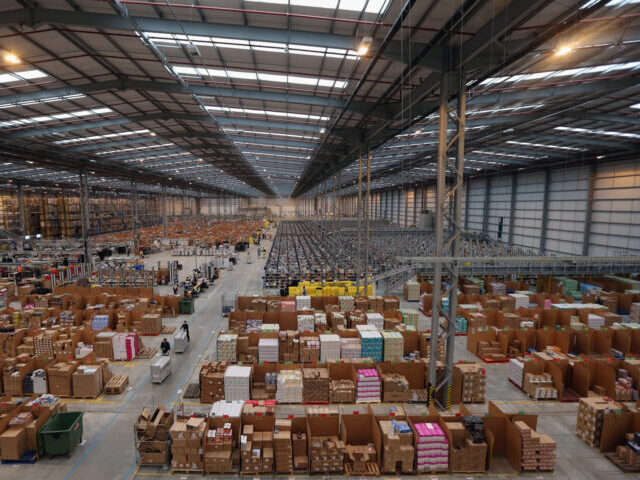Wholesale inventories saw a second consecutive month of growth in May, according to Commerce Department data released Wednesday.
Merchant wholesalers’ inventories jumped 0.6 percent from the previous month, after a seasonally adjusted 0.2 percent increase in April. This matches economists’ expectations, according to a Wall Street Journal survey. Despite the monthly rise, inventories were still down 0.5 percent compared to May 2023.
The inventory-to-sales ratio, which indicates how long it would take for wholesalers to clear their current stock, held steady at 1.35 in May, unchanged from April but slightly lower than the 1.39 recorded a year earlier.
The uptick in inventories was seen in both durable goods, such as cars and machinery, and nondurable goods, including pharmaceuticals, groceries, and farm products.
The rise in inventories suggests that the economy is likely producing more goods or imports are rising. It typically indicates that wholesalers stocking up in anticipation of higher demand. This can be a sign of confidence in future economic conditions.
Prior to an unexpected downturn, inventories sometimes rise because businesses are caught off guard by a fall in demand. The stable inventory-to-sales ratio, however, indicates that wholesalers are managing their stock levels well, ensuring they have enough inventory to meet demand without overstocking.
Despite the yearly decrease in inventories compared to May 2023, the monthly growth indicates economic resilience. This can be interpreted as a positive sign that the economy is gradually stabilizing after a slowdown earlier this year.

COMMENTS
Please let us know if you're having issues with commenting.